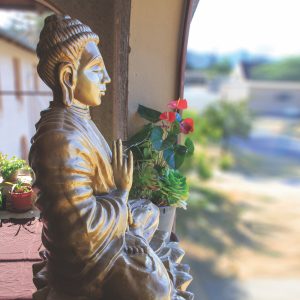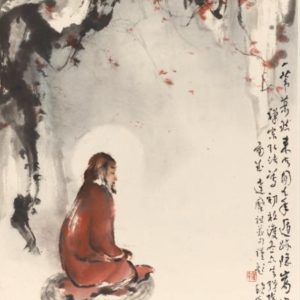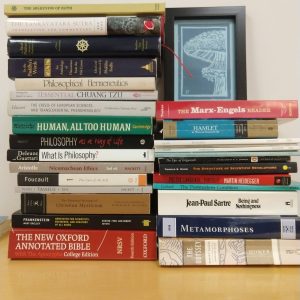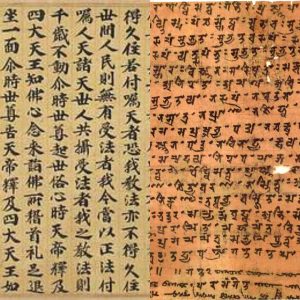Classes
Master of Arts in Buddhist Classics
The graduate program consists of courses from four distinct strands: Buddhist Classics, Buddhist Hermeneutics, Comparative Hermeneutics, and Language. Together, these strands provide students with an overview of the Buddhist tradition while introducing students to major methodologies of interpretation and practice.
-

Buddhist Classics
Study Buddhism not merely as a historical event, but as a living philosophy and embodied discipline.
-

Buddhist Hermeneutics
Learn to engage with and apply the framework of critical inquiry embedded within the Buddhist tradition.
-

Comparative Hermeneutics
Examine the origins and scope of Western philosophical thought in order to understand the foundations of the modern mind.
-

Language Tutorial
Engage in an in-depth study of Sanskrit and Classical Chinese while developing the skills to examine source texts in their original languages.